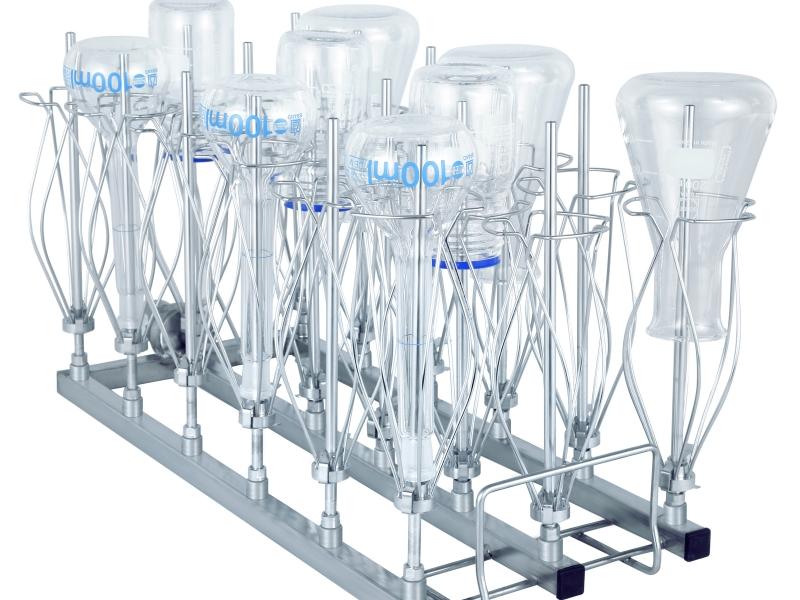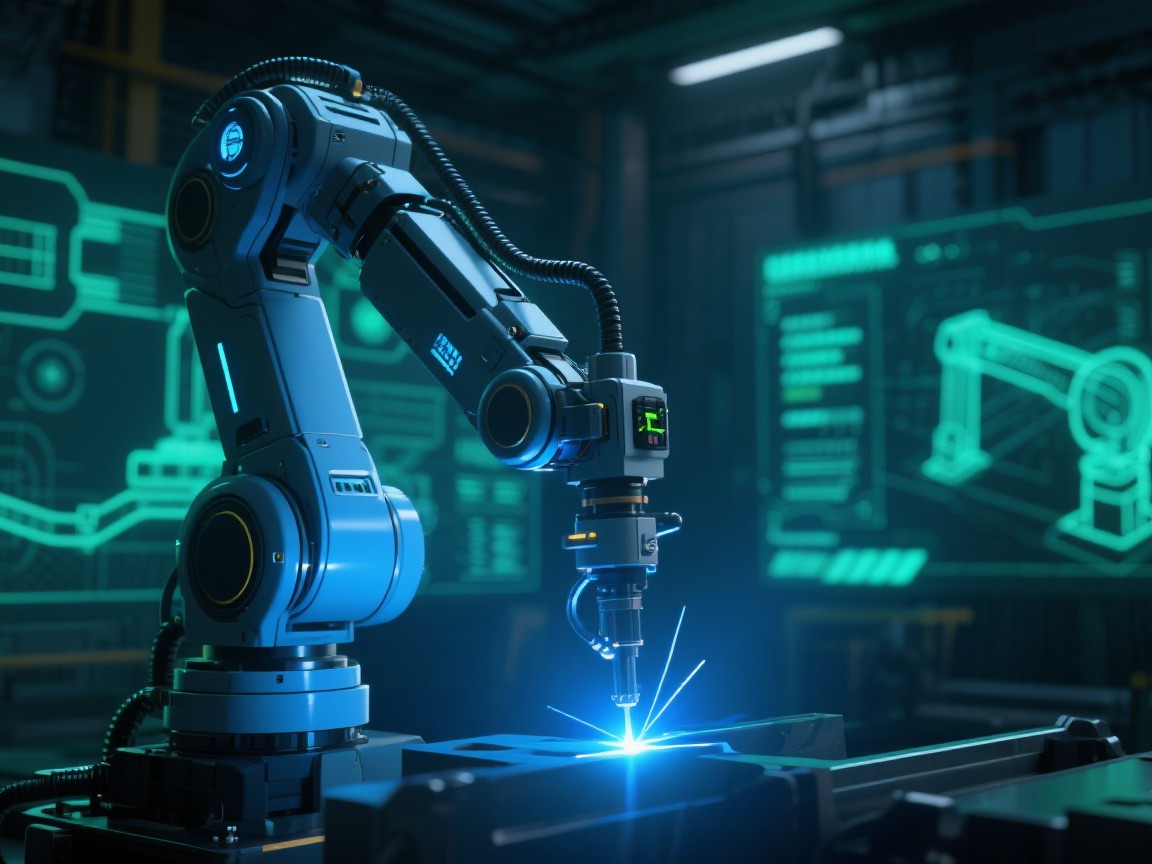
The Complete Guide to Laboratory Glassware Washing: Methods, Equipment, Storage
Laboratory glassware washing is one of the most overlooked yet fundamentally important steps in ensuring reliable experimental results. Whether in chemical analysis, pharmaceutical R&D, environmental testing, microbiology, or medical facilities, clean and well-maintained glassware directly affects accuracy, contamination control, and overall safety.
This guide covers:
What a laboratory glassware washer is
How to wash glassware properly
The 10 common types of lab glassware
How to store glassware safely
The role of basket racks and modules
Why modular systems such as Stier’s A204 & A306 series improve washing efficiency
Accessories used in laboratory and hospital washer-disinfectors
This article is designed for lab managers, technicians, procurement teams, QA/QC specialists, and anyone seeking a complete understanding of laboratory washing workflows.
1. What Is a Laboratory Glassware Washer?
A laboratory glassware washer is a specialized cleaning machine designed to automate the washing, rinsing, disinfecting, and drying of laboratory glassware. Unlike household dishwashers, glassware washers control:
Spray pressure
Detergent concentration
Rinse water purity (DI/RO water)
Temperature
Drying airflow
Cycle programming
They ensure consistent cleaning results, improve laboratory efficiency, and reduce contamination risks.
Modern washers often include:
Microprocessor controls
HEPA-filtered drying
Adjustable racks
Capacity for interchangeable basket modules
Manufacturers like Stier, known for their precision-made washing basket frames and modules, provide industry-standard accessories compatible with a wide range of glassware washer models.
2. How to Wash Glassware in a Laboratory (Step-by-Step Guide)
Washing methods depend on experiment type, contamination level, and the required cleanliness grade. Below is the standard workflow.
Step 1: Pre-Rinsing
For most applications:
Rinse glassware immediately with tap water
Remove visible residues
Soak if samples are sticky or dried
Step 2: Manual Cleaning (When Required)
Some items still require manual steps:
Use lab-grade brushes
Apply neutral or alkaline detergent
Avoid scratches
Rinse thoroughly with DI water
Step 3: Machine Washing Using a Glassware Washer
Loading principles:
Use basket racks to position each item securely
Ensure no overlapping items
Use appropriate modules (e.g., tube bottle modules)
Select cycle based on contamination type
Stier’s modular basket systems, such as the A204 (2×4 module) and A306 (3×6 module), allow laboratories to organize glassware for maximum spray exposure.
Step 4: Final Rinsing and Drying
Use pure DI or RO water
Use drying cycles or oven drying
Avoid wiping with cloths (risk of fiber contamination)
3. What Are the 10 Common Glassware Types Used in Laboratories?
Below are the most frequently used categories:
Beakers
Erlenmeyer flasks
Volumetric flasks
Graduated cylinders
Pipettes
Burettes
Test tubes
Petri dishes (glass type)
Watch glasses
Funnels
Specialized washing modules (e.g., Stier A204X1 or A306B) are often required to hold and position items with narrow necks, long bodies, or fragile geometry.
4. What Are Glassware Basket Racks and Why Are They Important?
Basket racks (also known as washing baskets or loading frames) are metal or stainless-steel structures used to:
Securely hold glassware
Optimize water spray exposure
Prevent breakage
Allow modular combinations
High-quality manufacturers like Stier produce racks with:
Chemical-resistant coating
Precision spacing
Universal compatibility
Special adaptors for tubes, flasks, beakers, syringes, and pipettes
Basket frames and modules are critical for ensuring consistent results in both laboratory and hospital washer-disinfectors.
5. Overview of Stier Glassware Washer Accessories and Modules
Stier’s accessory lineup provides modular and efficient solutions for glassware washing. Below is an overview of the product types and model functions.
(1) Basket Racks / Lab Basket Racks
Used for:
General-purpose glassware
Beakers, flasks, funnels, watch glasses
High-throughput washing
Stier’s racks are compatible with most glassware washer brands.
(2) A204 Series (2×4 Modules)
Ideal for smaller-scale labs or narrow-neck glassware.
Available models include:
A204A 2×4 Module
A204B 2×4 Module
A204C 2×4 Module
A204E 2×4 Module
A204X1 2×4 Module
A204X3 2×4 Module
Features:
High-density spray exposure
Options for thin tubes or large flasks
Detachable injector pipes
(3) A306 Series (3×6 Modules)
Designed for large laboratories, hospitals, and central washing rooms.
Models include:
A306A 3x6 Module
A306B 3x6 Module
A306C 3x6 Module
A306D 3x6 Module
A306E 3x6 Module
A306F 3x6 Module
A306G 3x6 Module
A306H 3x6 Module
A306K 3x6 Module
A306X1 3x6 Module
A306X2 3x6 Module
A306x3 3x6 Module
Advantages:
Higher capacity
Excellent water penetration
Long glassware and high-volume equipment
(4) Hospital Washer-Disinfector Accessories
Applicable to:
Surgical instruments
Medical glassware
Reusable hospital tools
These products meet medical sterilization workflow requirements.
6. How to Store Glassware in the Laboratory
Proper storage prevents contamination and breakage.
Best practices:
Store glassware clean and dry
Use closed cabinets for volumetric glassware
Use padded shelves for heavy items
Hang pipettes vertically
Keep desiccators for sensitive instruments
Label shelves by type and size
Avoid stacking items directly
Where basket racks help:
Stier’s washing baskets can also be used as temporary drying racks because of their stable structure and spacing.
7. Choosing the Right Accessories for Your Glassware Washer
When selecting accessories, consider:
① Lab size & throughput
Small labs → A204 series
High-volume labs → A306 series
② Type of glassware
Narrow-neck → Injector modules
General-purpose → Rack frames
Large flasks → Customized holders
③ Washer brand compatibility
Stier modules are designed for multi-brand fit.
④ Cleaning requirements
High detergent → stainless steel
DI cleaning → corrosion-resistant materials
8. Why Choose Stier for Laboratory Glassware Washing Accessories?
Stier is known for:
High-precision manufacturing
Full stainless-steel construction
Compatibility with leading washers
Standardized yet modular systems
Strong durability and safety
Efficiency in real laboratory workflows
Stier basket racks and modules help laboratories achieve:
Better cleaning uniformity
Greater washing flexibility
Longer accessory lifespan
Less glassware damage
Optimized costs
This makes Stier a preferred brand among research labs, universities, pharmaceutical companies, and hospitals.
9. Summary
A proper laboratory washing system is not simply equipment—it is a workflow that ensures data accuracy and experiment safety. By combining:
A high-quality washer
Certified detergents
Modular racks
Specialized accessories
laboratories can greatly reduce contamination risks..
Disclaimer: This website respects intellectual property rights. If any infringement is found, please contact this website in a timely manner for handling.
November 27, 2025
194
 Industry News
Industry News Industrial Manufacturing: AI-Driven Upgrade of Smart Manufacturing
Industrial Manufacturing: AI-Driven Upgrade of Smart Manufacturing
 Current Affairs
Current Affairs